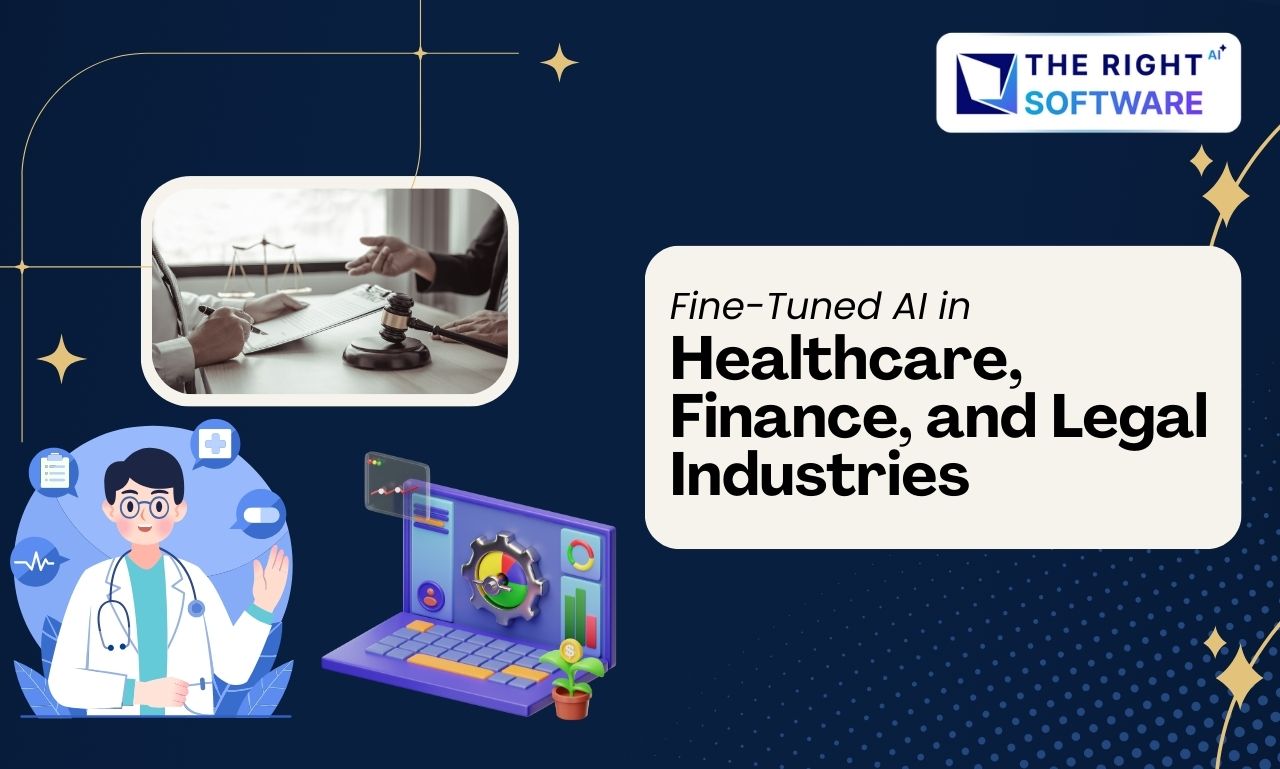Introduction
Generative AI has revolutionized the way businesses operate — from creating content to automating complex workflows. However, AI isn’t magic; it responds to well-crafted prompts. The better your prompt, the more accurate and valuable the output.
In this guide, you’ll learn:
How generative AI models work.
Why prompts are crucial.
Techniques to generate better results for your business.
By the end, you’ll understand how to talk to AI like a pro.
Explore: A Chrome Extension Case Study: How The Right Software Leverages AI for Rapid Product Development
1. Understanding How Generative AI Works
Generative AI models, such as GPT (Generative Pre-trained Transformer), create outputs based on patterns learned from massive datasets. Here’s a simplified breakdown:
1.1 Training the Model
AI models are trained on billions of words, images, or code snippets.
They learn patterns, structures, and relationships in the data.
For example, GPT learns how sentences are formed and how words relate to each other.
1.2 How AI Generates Responses
When you give a prompt, the model predicts what comes next based on learned patterns.
The AI doesn’t “know” facts in the human sense — it generates statistically probable outputs.
The quality of results depends heavily on the prompt and context you provide.
1.3 Limitations of AI
AI can “hallucinate” information — generating outputs that sound plausible but are incorrect.
AI doesn’t have real-time knowledge unless connected to updated databases.
Ambiguous prompts lead to unclear or low-quality outputs.
2. Why Prompts Matter
Think of a prompt as instructions for a highly intelligent assistant. A vague prompt will give vague answers, while a precise prompt gives actionable results.
Bad Prompt Example: “Write a marketing plan.”
Good Prompt Example:
“Write a 7-day social media marketing plan for a B2B SaaS startup targeting small businesses. Include content topics, posting schedule, hashtags, and CTAs.”
The better the instructions, the more relevant and business-ready the AI output becomes.
Explore: How Large Language Models Work?
3. Principles of Effective Prompt Engineering
3.1 Be Specific
Include who, what, when, and how.
Example: Instead of “Generate blog content,” say:
“Write a 500-word blog post on AI-powered productivity tools for small businesses, professional tone, SEO-friendly.”
3.2 Provide Context
AI performs better when it knows your audience, goal, or format.
Example: “Create an email for busy entrepreneurs introducing an AI automation tool, under 100 words, friendly tone.”
3.3 Set Output Constraints
Specify format, style, or tone:
List, paragraph, table, bullet points.
Tone: formal, casual, persuasive.
Length: 50 words, 500 words, 1-page summary.
3.4 Use Examples
Show AI an example output to mimic.
Example: “Write a LinkedIn post similar to this style: [example text].”
3.5 Iterative Refinement
Start broad, analyze the result, then refine the prompt.
AI often improves drastically with small prompt adjustments.
4. Advanced Prompt Techniques for Businesses
4.1 Role-Based Prompts
Ask AI to act as a specific expert:
“Act as a digital marketing consultant and suggest a growth plan for a fintech startup.”
4.2 Chain-of-Thought Prompts
Encourage step-by-step reasoning:
“Explain step by step how to create an AI workflow for automating social media posts.”
4.3 Conditional Prompts
Use “if-then” scenarios for dynamic outputs:
“If the user is a small business owner, suggest AI tools for productivity. Otherwise, suggest enterprise solutions.”
4.4 Multi-Prompt Workflows
Break tasks into smaller prompts and combine outputs for complex tasks.
Example: Generate a blog outline → create sections → write content → generate meta description.
5. Applying Prompts in Business Use Cases
Here are practical examples where prompt engineering can directly impact business:
5.1 Content Creation
Blogs, social media posts, ad copies, newsletters.
Prompt example:
“Write 3 LinkedIn post ideas for a SaaS company highlighting AI productivity tools, engaging and professional tone.”
5.2 Customer Support
AI chatbots can handle queries efficiently.
Prompt example:
“Generate a professional response to a customer asking about subscription cancellation.”
5.3 Data Insights
Summarize reports or create visualizations.
Prompt example:
“Analyze this sales data and provide a 5-point summary with insights and trends.”
5.4 Design & Creativity
Generate AI-driven visuals, logos, presentations.
Prompt example:
“Create 5 ideas for a futuristic AI-themed website hero image.”
6. Common Mistakes to Avoid
Being too vague or using incomplete information.
Giving contradictory instructions in one prompt.
Expecting 100% factual accuracy without verification.
Ignoring the iteration process — great results often require 2-3 prompt refinements.
7. Key Takeaways
Generative AI works based on patterns learned from data, not true understanding.
Your prompts are critical — clarity, context, and constraints matter most.
Iteration and advanced techniques like role-based, chain-of-thought, and conditional prompts yield the best results.
Businesses can use AI to automate, create, and analyze, saving time and boosting efficiency.
With proper prompt engineering, generative AI can become a powerful business tool, helping your team scale faster, create smarter, and make better decisions.
Explore The Right Software:
Want to explore how AI and smart software can elevate your business?
Get in touch with The Right Software — where innovation meets intelligence. Let’s build solutions that think for your success.





